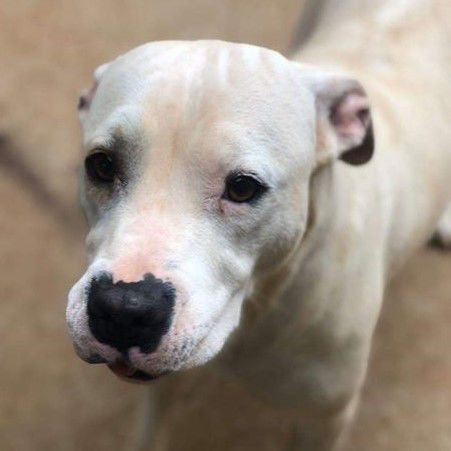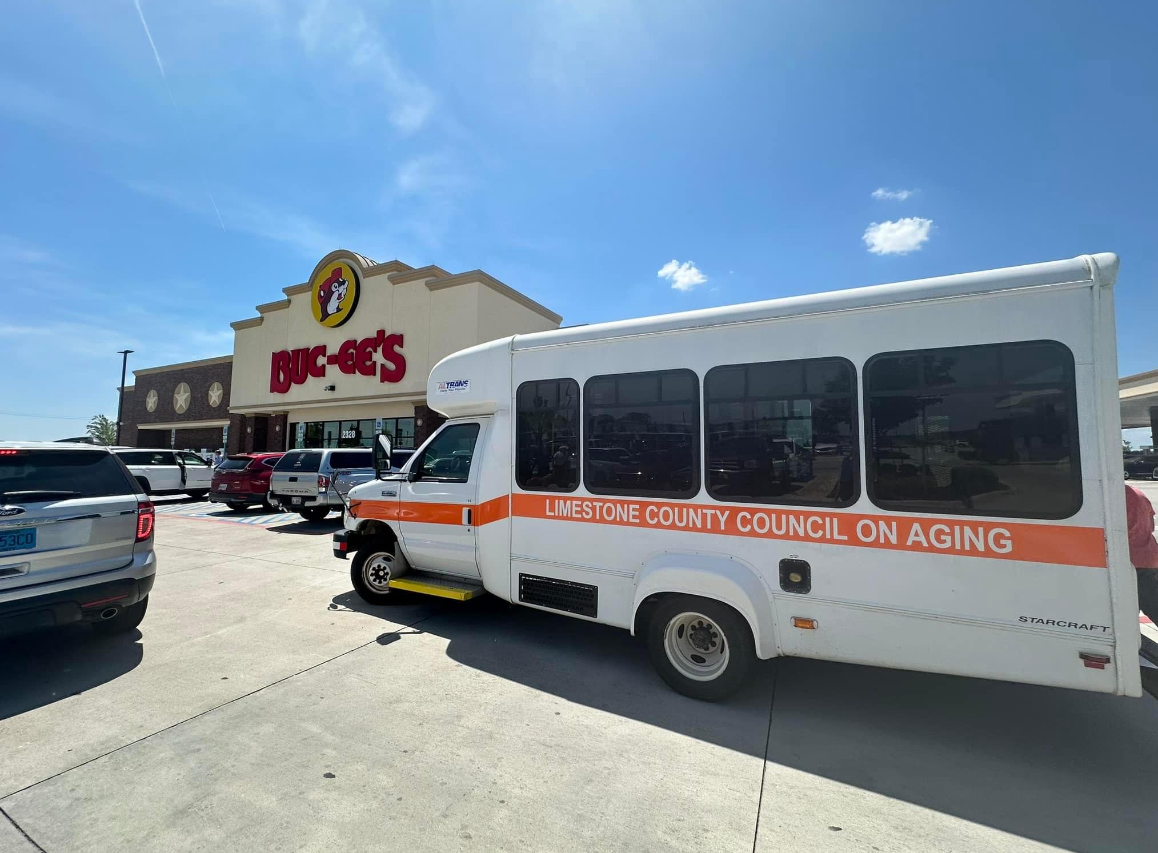Pets and the People Who Love Them
Published 4:00 pm Wednesday, May 20, 2020

- Kova is a 2-year-old bulldog mix who is great with kids but needs to be the only pet in the house. She's ready to go home with you and make your life better.
As I get older, it is disturbing how often I hear or participate in conversations about spots, bumps and lumps being cut, burned or frozen off human body parts. And as my dog ages, I know I will have several such conversations with his veterinarian. As with humans, many of those skin changes are harmless, but be sure to discuss them with your dog’s doctor.
Dogs can get warts, skin tags and ingrown hairs that can easily be treated in your vet’s office or monitored to make sure they don’t develop into something more serious.
One of the more common lumps found on dogs — and humans, too — is a fatty tumor called a lipoma. These benign masses are generally found just beneath the skin, can be easily moved around and aren’t associated with pain or hair loss. Your vet may choose to perform a needle biopsy to confirm the diagnosis, but unless the lipoma is in a spot that interferes with normal movement, the vet may recommend no further action.
A sebaceous cyst may occur when oil plugs a gland or hair follicle, resulting in a pea-sized bump. It may go away on its own, never develop further or erupt. Be sure to keep the area clean in order to avoid infection. Experts will advise you to never squeeze lumps, as the contents could be released under the skin and cause more serious infections that require medical treatment.
Sebaceous hyperplasia, adenoma and other benign tumors also develop from the oil glands. But instead of being filled with a thick or waxy liquid, they are a collection of tissue, often appearing as wart-like growths and may itch, resulting in scratching, inflammation and hair loss.
According to the National Canine Cancer Foundation, certain breeds, including the cocker spaniel, Samoyed, Siberian husky, cock-a-poo, Alaskan malamute, West Highland white terrier, Cairn terrier, dachshund, miniature poodle, Shih Tzu, basset hound, beagle and Kerry blue terrier are pre-disposed to these growths.
Because so many growths look the same to an untrained eye, it is important that you inform your veterinarian of any lumps and bumps you discover, so that they can track them from one visit to the next, remove them completely or biopsy them to determine a definitive diagnosis.
Unfortunately, 25% of all dogs will contract a form of canine cancer. Visit the National Canine Cancer Foundation at WeAreTheCure.org for details about specific types. Here is the foundation’s list of early warning signs:
• Abnormal swellings that persist or continue to grow;
• Sores that do not heal;
• Weight loss;
• Loss of appetite;
• Bleeding or discharge from any body opening;
• Offensive odor;
• Difficulty eating or swallowing;
• Hesitation to exercise or loss of stamina;
• Persistent lameness or stiffness; and
• Difficulty breathing, urinating or defecation.
Be sure to consult your veterinarian with any concerns you may have in order to help your furry friends live long and healthy lives.
— Pets and the People Who Love Them is brought to you on behalf of your friends at the Athens- Limestone Animal Shelter. To adopt a dog or cat, visit www.limestone pets.org to view pets and fill out an application, or call us at 256-771-7889 to set up an appointment to visit the shelter at 1701 U.S. 72, behind Limestone Veterinary Clinic.





